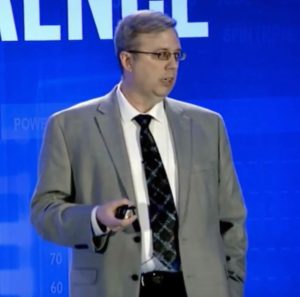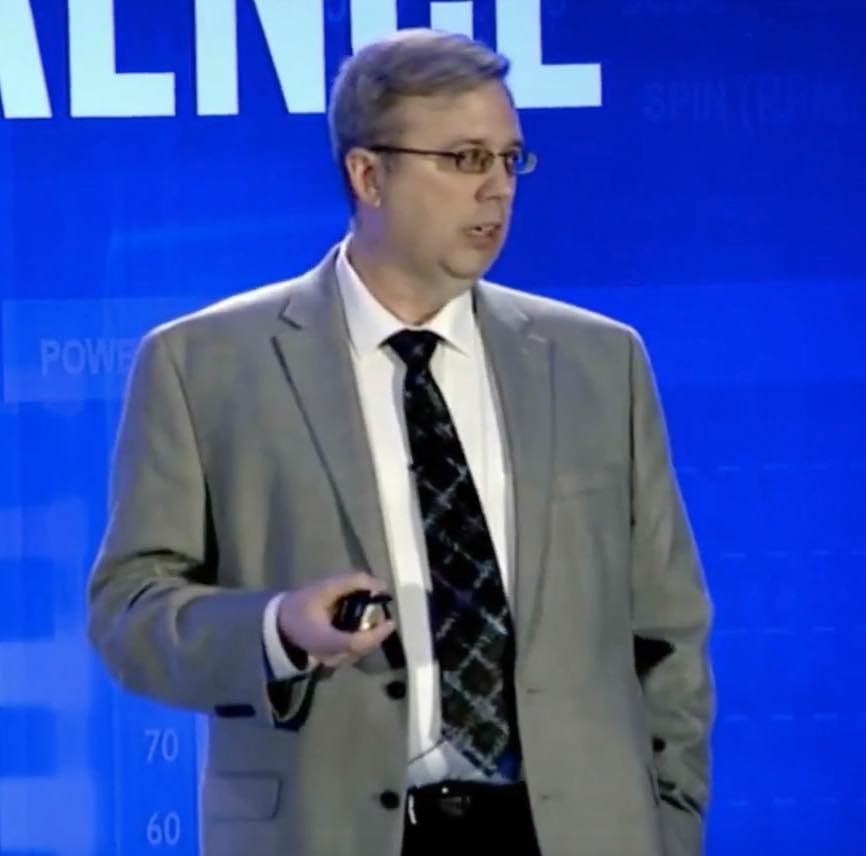
Dr. Joshua Willis, California Institute of Technology
In this video from the 2017 Intel HPC Developer Conference, Dr. Joshua L. Willis from the California Institute of Technology and Dan Stanzione from TACC present: Gravitational Waves: The Role of Computing in Opening a New Field of Astronomy.
“On September 14, 2015 the two detectors of the Laser Interferometer Gravitational-Wave Observatory (LIGO) made the first direct observation of gravitational waves, from two merging black holes. On August 17 of this year, the LIGO and Virgo observatories detected gravitational waves from the merging of two neutron stars, an event seen as both a short gamma-ray burst and subsequent kilonova by space and ground-based observatories. These and other discoveries mark the beginning of gravitational wave astronomy, and in this talk we will highlight what we have learned and hope to learn in this new field, pointing out many of the ways in which high-throughput and high-performance computing have been essential to its progress.”
Dr. Joshua L. Willis is a computational scientist at the California Institute of Technology, working for the LIGO Laboratory. He is also an associate professor of engineering and physics at Abilene Christian University, and has been a visiting senior scientist at the Max Planck Institute for Gravitational Physics every year since 2011. He has been a key developer of the PyCBC matched-filter pipeline that played a crucial role in each of LIGO’s detections to date, and has been a part of the LIGO computing optimization team since 2014. He received bachelor’s degrees in physics and mathematics from Abilene Christian, a master’s in applied study in mathematics from Cambridge, and a doctorate in physics from Penn State University.

Dan Stanzione, Executive Director of TACC
Dr. Dan Stanzione is the Executive Director of the Texas Advanced Computing Center (TACC) at The University of Texas at Austin since July 2014, previously serving as Deputy Director. He is the principal investigator (PI) for a National Science Foundation (NSF) grant to deploy and support Stampede2, a large scale supercomputer, which will have over twice the system performance of TACC’s original Stampede system. Stanzione is also the PI of TACC’s Wrangler system, a supercomputer for data-focused applications. For six years he was co-director of CyVerse, a large-scale NSF life sciences cyberinfrastructure. Stanzione was also a co-principal investigator for TACC’s Ranger and Lonestar supercomputers, large-scale NSF systems previously deployed at UT Austin. Stanzione received his bachelor’s degree in electrical engineering and his master’s degree and doctorate in computer engineering from Clemson University.




